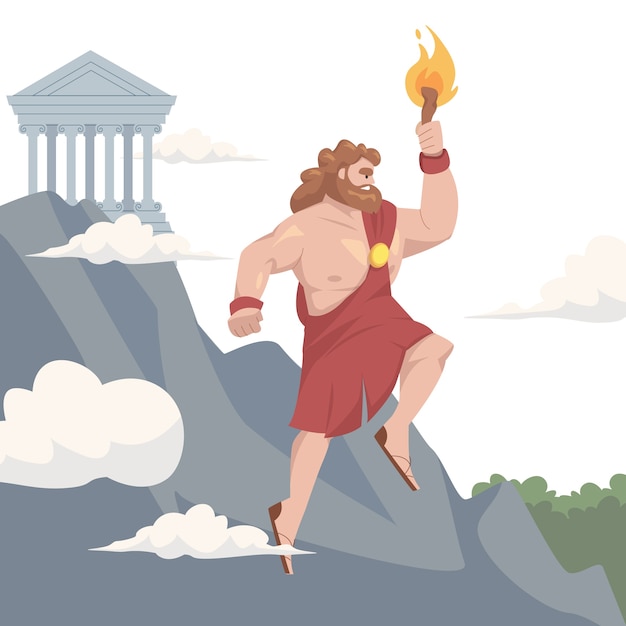

Did you know that the Apollo program was named after the Greek god of music, poetry, and light?
Apollo 11, the first manned mission to land on the Moon, took place on July 20, 1969.
The Apollo missions marked the first time humans had ever set foot on another celestial body.
The Apollo program cost approximately $25.4 billion, making it one of the most expensive scientific endeavors in history.
Astronauts on the Apollo missions traveled at speeds of up to 24,500 miles per hour.
The Apollo spacecraft were equipped with computers that had about the same processing power as a modern pocket calculator.
Apollo 7 was the first manned Apollo mission and lasted 10 days.
Apollo 13 was famous for the phrase Houston, we have a problem after an oxygen tank exploded, putting the crew’s lives in jeopardy.
Apollo 17 was the last manned mission to the Moon, taking place in December 1972.
The lunar module used to land on the Moon during the Apollo missions was called the Eagle.
Apollo astronauts left behind various items on the Moon, including a Lunar Rover, an American flag, and their footprints.
The Apollo missions collected over 842 pounds of Moon rocks and soil samples.
The Apollo program inspired many people to pursue careers in science, engineering, and space exploration.
Apollo 8 was the first mission to orbit the Moon and provided the famous Earthrise photo of our planet from space.
The Apollo missions helped scientists learn more about the Moon’s geology, history, and formation.
The Apollo program involved more than 400,000 scientists, engineers, and technicians.
Apollo 15 was the first mission to use the Lunar Rover, allowing astronauts to explore more areas on the Moon’s surface.
Apollo astronauts experienced weightlessness and were able to perform experiments that couldn’t be done on Earth.
The Saturn V rocket, used to launch the Apollo missions, was the tallest, heaviest, and most powerful rocket ever made.
The Apollo program paved the way for future space exploration, including the development of the Space Shuttle and the International Space Station.
Apollo 16 astronaut Charlie Duke left a family photo on the Moon during his mission.
Apollo 12 was struck by lightning twice during launch but still successfully reached the Moon.
Apollo 10 performed a dress rehearsal for the lunar landing mission, coming within just 8.4 nautical miles of the Moon’s surface.
The Apollo astronauts brought back experiments that were exposed to space for extended periods, providing valuable data on the effects of radiation and vacuum.
The Apollo program directly contributed to advancements in technology, such as miniaturized and lightweight electronics.
The Apollo spacecraft were launched from Kennedy Space Center in Florida.
The Apollo program required the development of special spacesuits to keep astronauts safe in the harsh conditions of space.
Apollo 9 tested the lunar module in Earth’s orbit to ensure it was ready for the Moon landing missions.
The Apollo missions faced numerous challenges and risks, but the dedication and ingenuity of the teams involved made them a success.
The Apollo program helped improve international collaboration in space exploration, leading to partnerships between nations.
Apollo astronauts used a variety of tools and instruments to conduct experiments and collect data on the Moon’s environment.
The Apollo missions provided images and data that helped scientists create detailed maps of the lunar surface.
The Apollo Command Module, the part of the spacecraft that carried astronauts to and from the Moon, was nicknamed Gumdrop.
Apollo 14 astronaut Alan Shepard famously hit a golf ball on the Moon’s surface during his mission.
The Apollo program included six successful Moon landings out of a planned seven missions.
Apollo astronauts had to undergo rigorous physical training and preparation to be able to withstand the demands of space travel.
The Apollo program served as a symbol of American ingenuity, determination, and the exploration of new frontiers.
The command module of the Apollo spacecraft served as the astronauts’ living quarters during their journey to the Moon and back.
The Apollo program inspired a generation of children to dream of becoming astronauts and explore the vastness of space.
The Apollo missions provided valuable data on the Moon’s gravity and its influence on tides on Earth.
The Apollo astronauts experienced total darkness when on the far side of the Moon, as they were shielded from the Sun.
Apollo 11 astronaut Neil Armstrong took the first step on the Moon and famously said, That’s one small step for man, one giant leap for mankind.
Apollo 6 was an unmanned test flight that helped identify and resolve issues with the Saturn V rocket.
The Apollo missions required precise calculations and complex maneuvers to reach the Moon and return safely to Earth.
The Apollo program united people from all walks of life in their excitement and support for human space exploration.
Around the world, coffee enthusiasts enjoy Monin coffee concentrate since it is a multipurpose product. Conveniently combining…
The Importance of Choosing the Right Shower for Your Bathroom Renovating your bathroom can be…
Usain Bolt holds the record for the fastest 100-meter sprint in history.Bolt was named Sportsman…
Love is in the air... and it smells suspiciously like chocolate!Roses are red, violets are…
Life's a beach, take a picture and relax.Sun, sand, and salty kisses. That's what beach…
Hungary is home to the largest thermal water cave system in the world.The Rubik's Cube…